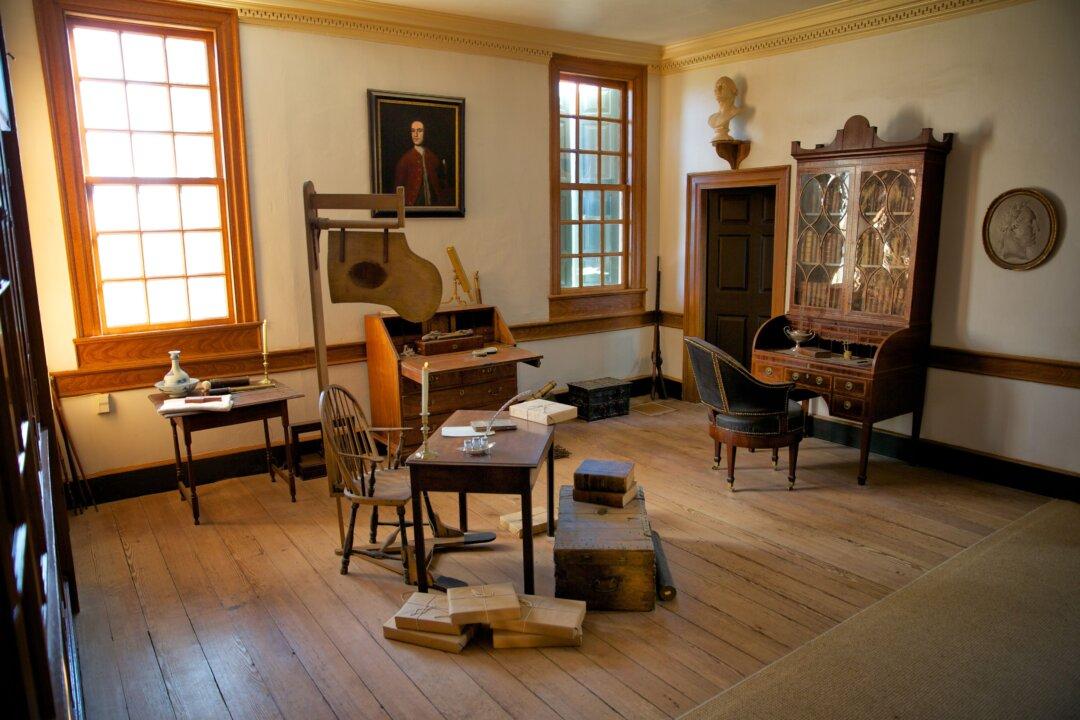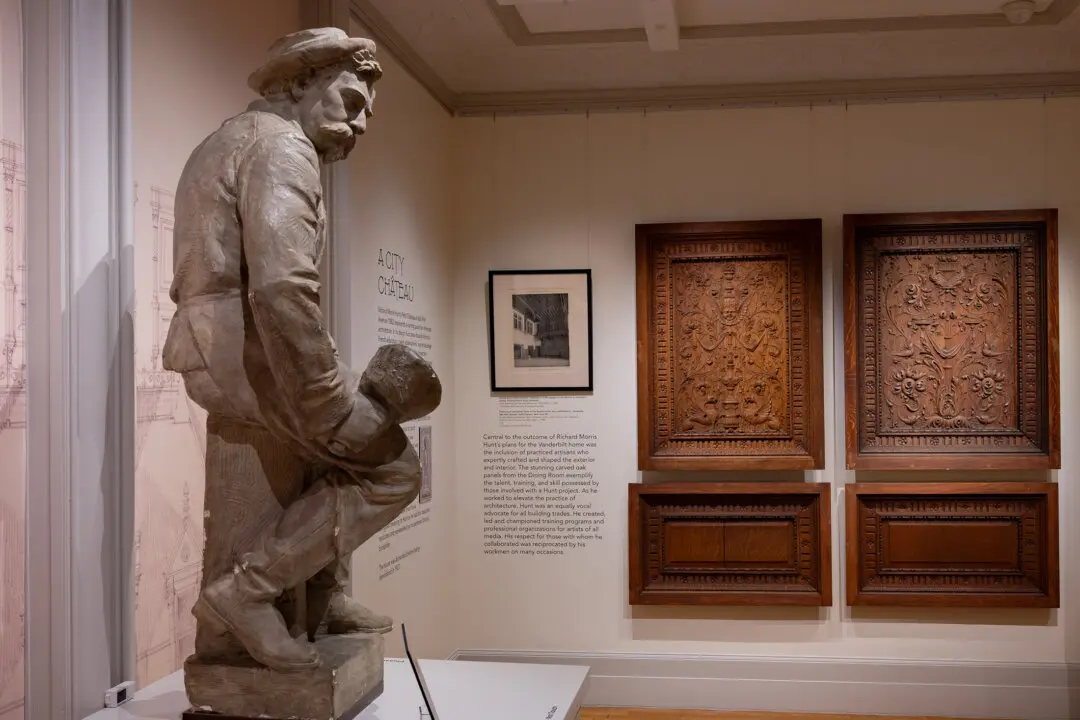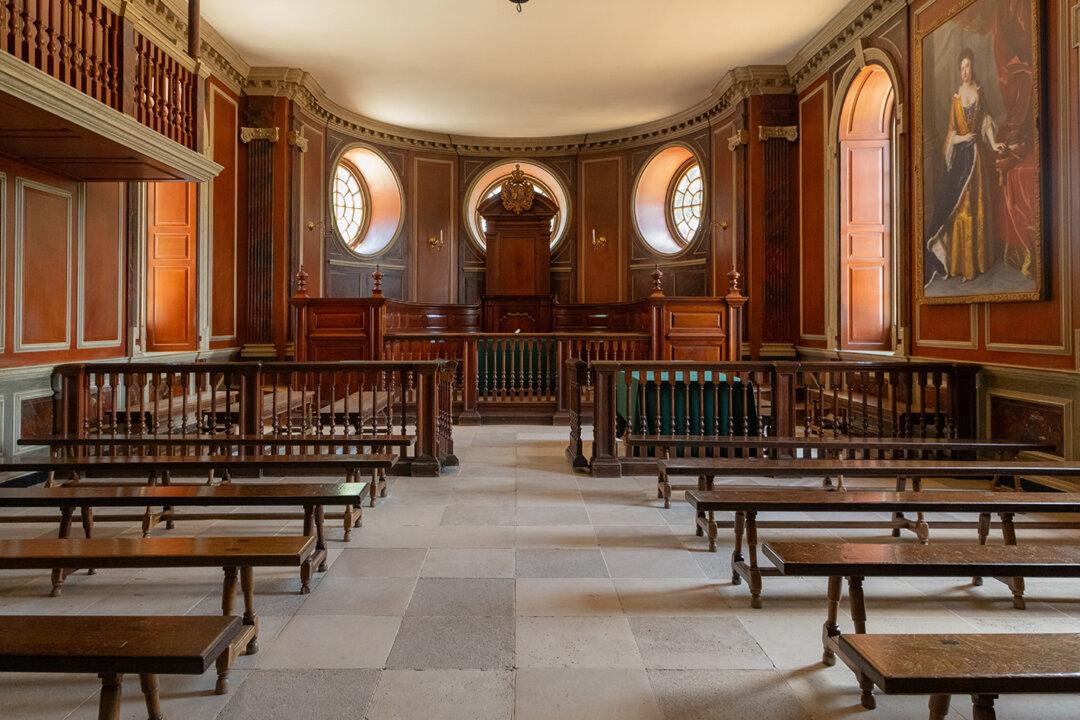“I was painfully distressed at the ruin and desolation of the home of Washington, and the thought passed through my mind: Why was it that the women of his country did not try to keep it in repair, if the men could not do it? It does seem such a blot on our country.”—Louisa Bird CunninghamGeorge Washington’s Mount Vernon Estate was a working farm where the man who would become our first president devoted himself to the science of agriculture. Believing that America should become “a granary to the world,” Washington devoted himself to improving methodology in farming. Employing crop rotation, fertilization, and the cultivation of new crops, he was not unlike other Founding Fathers, Thomas Jefferson and Charles Carroll of Carrollton, who saw their lands as a place to develop a new agriculture for a new world. He even sought to improve the processing of grain by developing an innovative, 16-sided threshing barn, which may be seen at the estate today. Washington was a farmer before he was a world leader; when he left public service, he returned to his beloved Mount Vernon and the life of a farmer.
Many visitors came to the estate—so many that Washington compared his house to a well visited tavern! On Thursday, December 12, 1799, the patriot was out on horseback, supervising the activities of his farm, when a light snow began to fall. The snow turned to hail, then to freezing rain. Washington was soaked to the skin. The ever punctual master of Mount Vernon stayed in his wet clothes as it was time for dinner. The next morning, he had a sore throat. He went out that day to select trees to be felled. By Friday evening, he was in great discomfort, and on December 14, 1799, the man who had miraculously cheated death on the field of battle so many times passed into eternity.





